Vegan Friendly – Restaurants

Some of my friends have been asking where I eat out in Paris, so I’ve created my go-to list of restaurants for healthy eating. I eat a plant based diet, so all listings have good options if they are not vegetarian/vegan. A few also have fish and Judy’s and Kapunka Thai are gluten free. There is a crêperie and a hole-in-the-wall fresh juice and sandwich grab place and go place near Beaubourg museum. I’ve tried to include the unique things that might differentiate and help you choose where to go. The list moves from low numbered to high numbered arondissements. The very few chain-like restaurants appear at the end with their multiple locations listed as of latest updates.
D’Jeunes Pousses (1e) This one is in the Choiseul Covered Passageway (Passages Couverts). I’ve been there a few times for their salad bar/bowls. I like the owners and its a quiet place away from the crowds and a good block or so into the passageways if you are into real or window shopping! That said, it is in a crazily popular Japanese restaurant district with lines queuing up around corners to get in. If you’re into Japanese food, you may get distracted away from going to D’Jeunes Pousses!
Vertus Le Bar à Jus (1e) A tiny fresh juice bar (primarily) that is situated smack between Les Halles and the Beaubourg museum in the Pompidou center. It makes for a great refreshment and energy boost before or after visiting the museum. They have a few bar stools to eat their also available small selection of soups and sandwiches. Highly recommend if you just want to consume and go (not the Parisian way, though!) They do not seem to have a web presence other than a Google listing, so pardon the link, but at least you will know where it is, and there are pictures and reviews.
Café Courtial, la Crêpe, (1e) A quaintly decorated TINY place that opened in the fall of 2023. They surprised me with their vegan plant based buckwheat crepe with a yummy topping which is the picture at the top of this post!
Kapunka Vegan – Thai (2e) This is a little restaurant with a small bar space and about 5 other small tables. What makes it unique other than being a Thai restaurant is that it is fully gluten free. It’s just North – not far of Les Halles area, walking along the vibrant foodies street called Montorgeuil.
Potager du Marias (4e) This Indian influenced/owned restaurant is very popular, so show up when it opens, or make a reservation. It is in the Marais district so easy to get to if you are visiting that area. One of the first vegan restaurants I tried in Paris, I sadly found the food too salty and also a bit oily. Why mask the taste of all those vegetables? I leave this place feeling a bit heavy in the stomach, but for those who don’t mind, there are lots of menu choices and desserts as well. Where are the other popular vegan restaurants of the Right Bank – I have much yet to yet discover!
The Grenier de Notre Dame (5e) – A vegetarian/vegan restaurant with awesome service and food. The restaurant is a stone’s throw from Notre Dame on a less busy side street away from a deeply commercialized tourist area. The upstairs seating area is a cozy, but private space, away from the very few seated options at the street level. It is the oldest vegetarian restaurant in Paris and has a lot of charm and great service. We went there for my birthday in 2023 and did not regret it one bit.
Happiz Vegan Pizza (5e) – Lovely woman owned business with for vegan minded pizza lovers. Located on rue Monge not far from Notre Dame, you will not easily find other vegan pizza joint in Paris. Highly recommend for a casual lunch or dinner. You can order out, or order to pick up as well.
Graines du Jour (5e) This café/restaurant is owned by a young Taiwanese man. It is hard to tell it is a restaurant, as the ambiance is that of a café inside and that’s how most people seem to use it. The vegan meals that are definitely available are gorgeously presented. Indoor and outdoor seating is available on the great foodie street Mouffetard in the 5th arrondissement. The vegan muffins and deserts are delicious. Being just 3 blocks from where we live it makes a great place for us to meet up with friends.
Green Deli (5e) – This is a health friendly restaurant with preselected mixed wraps and bowls and the option to create your own with the ingredients available at the bar (including salmon). This restaurant is across the street from the St. Médard church (at the bottom of rue Mouffetard a famous foodie street). We eat here frequently, but it is not a ‘special occasion’ sort of restaurant.
La Bonne Heure (13e) – This is family run French vegan restaurant with several simple menu choices that change every few days. All food is made from seasonal organic produce. The very indulgent and friendly chef introduces the menu at each guest table. The cute name is a play on words with a literal meaning of The Good Hour, but the intended meaning is happiness (bonheur being a synonym of the restaurant name meaning happiness). The owners are from south western France. Quaint decoration, small, on a quiet side street. Not open every day for dinner, so check their website or call.
Marso (13e) – a Franco-Mediterranean restaurant with great versatility and a passionate cook that can create an excellent vegan dinner on demand with what he has on hand – not necessarily on menu. They recommend and have excellent wine selections as well (I don’t drink except special occasions so don’t seek restaurants that do, typically). The restaurant is on a nondescript 13e street just South of my apartment and it is walkable from the bottom of Mouffetard in the 5e if you are in that area anyway. It’s only about 6 city blocks away and is worth the walk! A hidden gem!
Sukoon (14e)- This is a solid French /Indian vegan/ vegetarian restaurant just South of Montparnasse. It is not open for dinner, closing at 5 pm, but it is a great option for brunch/lunch and late afternoon as well. I haven’t been back since they remodeled during the first half of 2023.
Judy’s (1e and 6e). Nice choices for brunch/lunch. Very very popular! Seems to be British owned and definitely doesn’t have the vibe of a French restaurant. The meal options and pressed juices are lovely, as are the desserts. The one I am familiar with in the 6th is close to north side of Jardins du Luxembourg and is a fully gluten free restaurant.
Land and Monkeys (4e, 11e, and 14e) This is for vegan-only lunches, sourdough breads/sandwiches and pastries. The quiches, salads, and deserts are very filling. It is most suitable for take away (seating space is limited). The various locations are listed here.


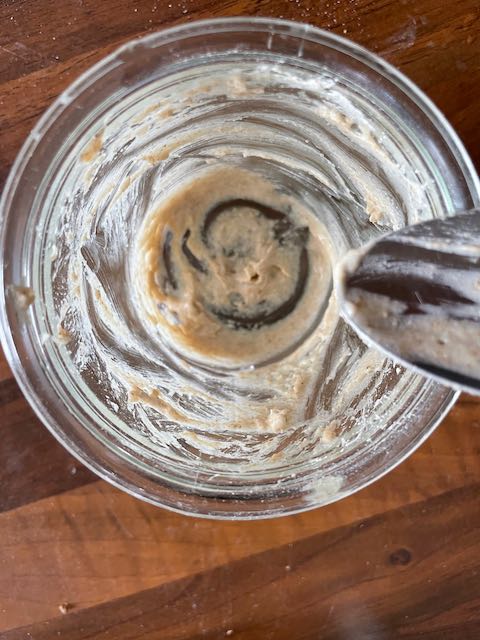
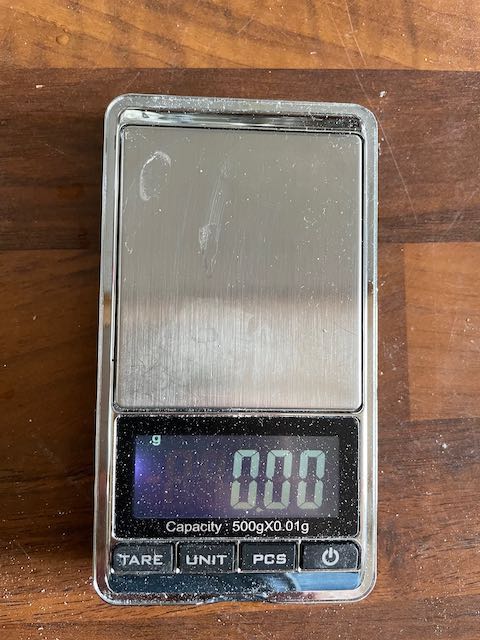
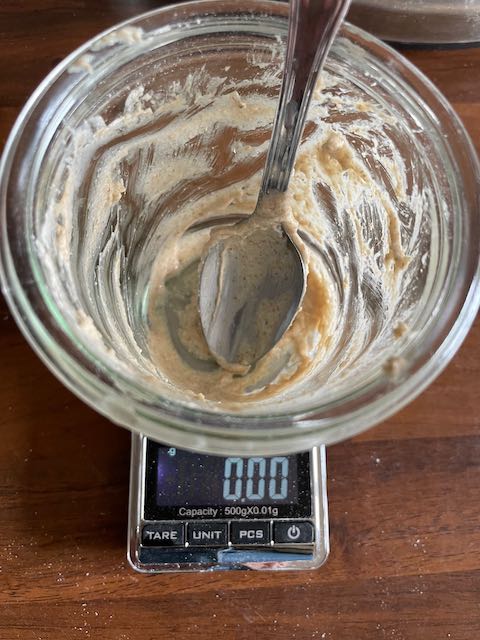
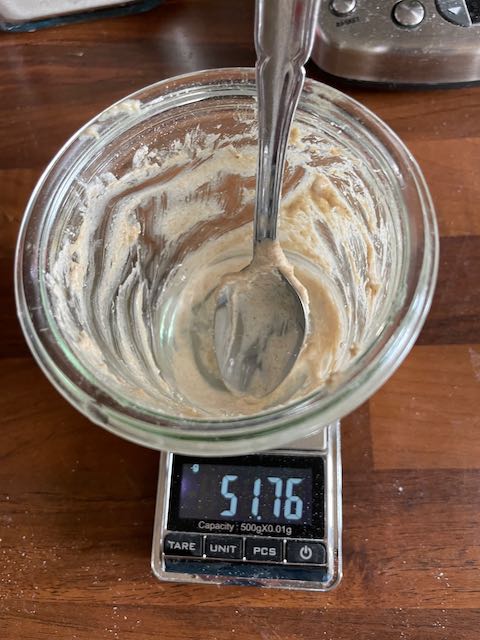
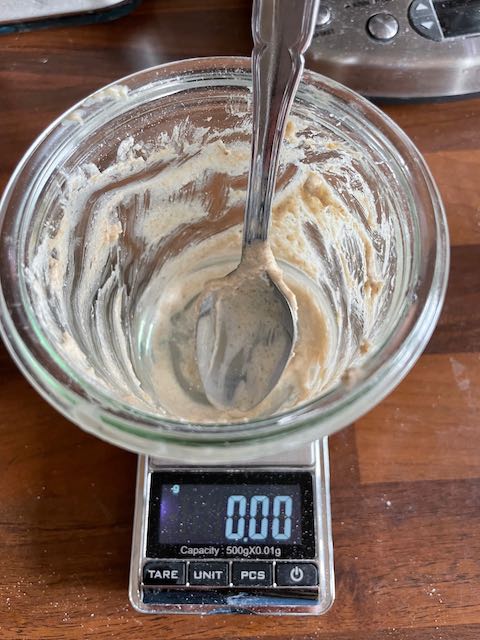
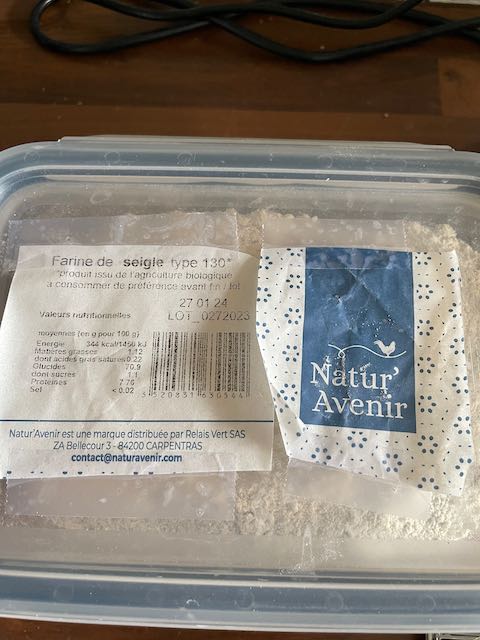

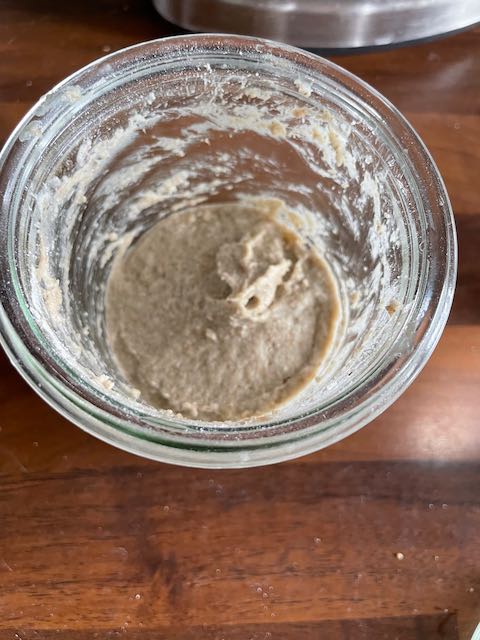
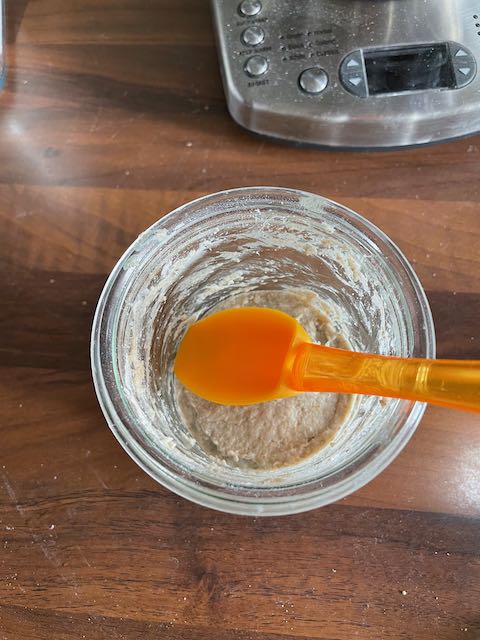











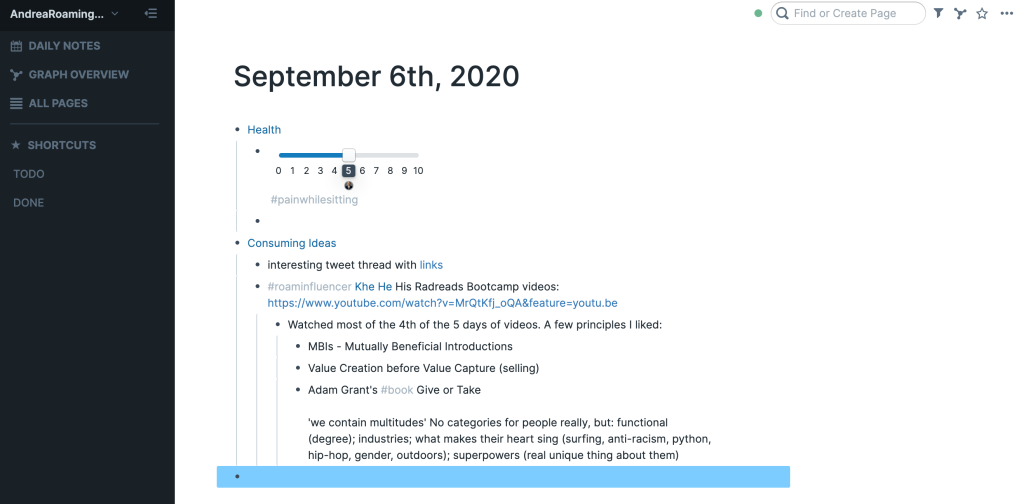

 For a few decades I then used Quicken via its proprietary interfaces. In 2016, I decided to use USAA’s banking services to make my life easier. This meant that via their app, I would regularly:
For a few decades I then used Quicken via its proprietary interfaces. In 2016, I decided to use USAA’s banking services to make my life easier. This meant that via their app, I would regularly:




